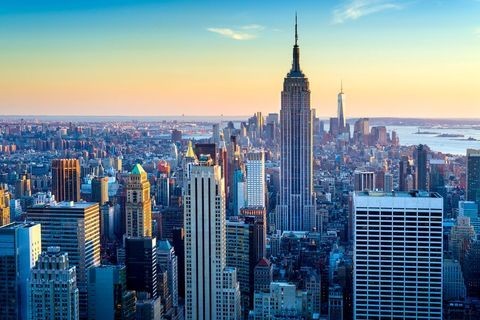Notwithstanding Infringer's Timely Efforts To Cease Infringing Activity, Damages Accrue After Actual Notice of Infringement
Client Alert | 1 min read | 09.17.08
The Federal Circuit, in DSW, Inc. v. Shoe Pavilion, Inc. (No. 2008-1085; August 19, 2008), vacates and remands a district court's summary judgment grants of non-infringement and no liability for past infringement against DSW. In doing so, the Federal Circuit concludes that the district court erred in importing a "track and roller configuration" limitation into claims 4-6 from claims 1-3 where the claim language is unambiguous and there is no contravening evidence from the specification or prosecution history. In this decision, the Court also confirms that a patentee may recover damages after actual notice of infringement even if the infringer makes reasonable and expeditious efforts to cease infringement over a number of months.
DSW notified Shoe Pavilion that its original shoe display infringed DSW's patents. Within seven months of such notification, Shoe Pavilion replaced its original shoe display with another redesigned shoe display. DSW then sued Shoe Pavilion for infringement by the redesigned display as well as for infringement damages on the original display. Shoe Pavilion moved for summary judgment that its redesigned shoe display did not infringe, and that it owed no damages on the original display. The district court granted Shoe Pavilion's motion.
The Federal Circuit first holds the district court improperly construed DSW's method claims to include a track and roller limitation from DSW's apparatus claims. While broad, the language of the method claims was unambiguous and the specification and prosecution history did not demand inclusion of the track and roller limitation. The Federal Circuit also holds DSW could recover damages for infringement by the original display, if the patents at issue are valid, because Shoe Pavilion continued to use the original display for several months after DSW provided actual notice of infringement. The fact that Shoe Pavilion took "reasonable steps and good faith efforts to bring its infringing activity to a timely end" is of no consequence.
Contacts
Insights
Client Alert | 4 min read | 12.31.25
Raising the Bar: New York Expands Consumer Protection Law with FAIR Business Practices Act
New York Governor Kathy Hochul has signed into law the most significant update to New York’s consumer protection law in 45 years — the Fostering Affordability and Integrity through Reasonable Business Practices Act, or FAIR Business Practices Act — expanding the scope of the state’s authority to now challenge unfair and abusive business practices. The measure, backed by New York Attorney General (“AG”) Letitia James and signed on December 19, 2025, amends New York’s General Business Law § 349, giving regulators new tools to protect consumers and promote fair marketplace practices.
Client Alert | 4 min read | 12.30.25
Client Alert | 6 min read | 12.30.25
Investor Advisory Committee Recommends SEC Disclosure Guidelines for Artificial Intelligence
Client Alert | 2 min read | 12.29.25
FYI – GAO Finds Key Person “Available” Despite Accepting Employment with a Different Company



